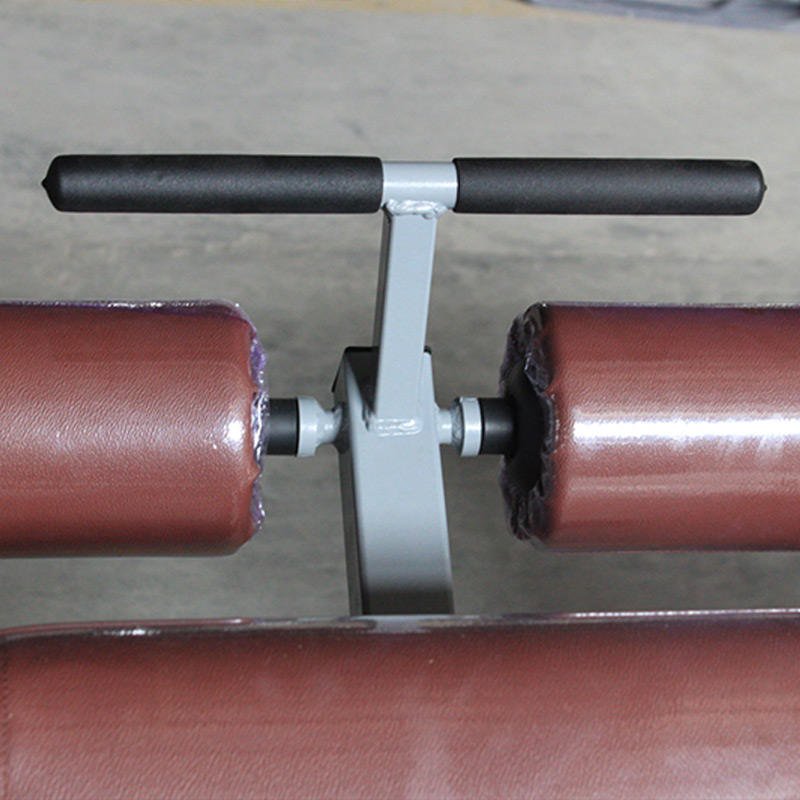The adjustable decline bench at the gym is a versatile piece of equipment designed to facilitate various decline and flat bench exercises. It features a padded bench that can be set at different angles, allowing users to perform exercises at varying levels of decline. This bench is ideal for targeting specific muscle groups, particularly the lower chest, core, and lower abdominal muscles.
Key Features:
- Adjustable Angles: The backrest can be adjusted to multiple decline angles, providing flexibility for different exercises and intensity levels.
- Padded Surface: The bench is cushioned to offer comfort and support during workouts.
- Sturdy Construction: Built with high-quality materials such as steel to ensure stability and safety.
- Foot Support: Often includes padded foot rollers or anchors to keep the user securely in place during decline exercises.
- Non-Slip Feet: Rubberized feet help prevent the bench from moving during use, enhancing stability.
Common Exercises:
- Decline Bench Press: Targets the lower part of the chest. Performed with a barbell or dumbbells while lying on the bench in a decline position.
- Decline Sit-Ups: Focuses on the lower abdominal muscles. Involves lying on the bench with the feet secured and performing sit-ups.
- Decline Dumbbell Flyes: Engages the chest muscles. Performed by lying on the bench in a decline position and extending arms out to the sides with dumbbells, then bringing them together.
- Decline Leg Raises: Targets the lower abs. Done by lying on the bench with the head at the lower end and lifting the legs upwards.
- Russian Twists: Works the obliques and core. Performed by sitting on the bench in a decline position, holding a weight, and twisting the torso from side to side.
Benefits:
- Targeted Muscle Activation: The decline position allows for more focused activation of specific muscle groups, such as the lower chest and abs.
- Versatility: Supports a wide range of exercises, making it a valuable addition to any workout routine.
- Enhanced Core Strength: Many decline exercises engage the core muscles, helping to build stability and strength.
- Increased Intensity: The decline angle adds an extra challenge to traditional exercises, increasing their intensity and effectiveness.
Safety Tips:
- Proper Form: Maintain correct form to avoid strain and injury, especially when using heavier weights.
- Secure Foot Position: Ensure your feet are securely anchored to prevent slipping during exercises.
- Controlled Movements: Perform exercises in a slow, controlled manner to maximize muscle engagement and minimize the risk of injury.
- Warm-Up: Always warm up before starting your workout to prepare your muscles and joints.




















































Reviews
There are no reviews yet.